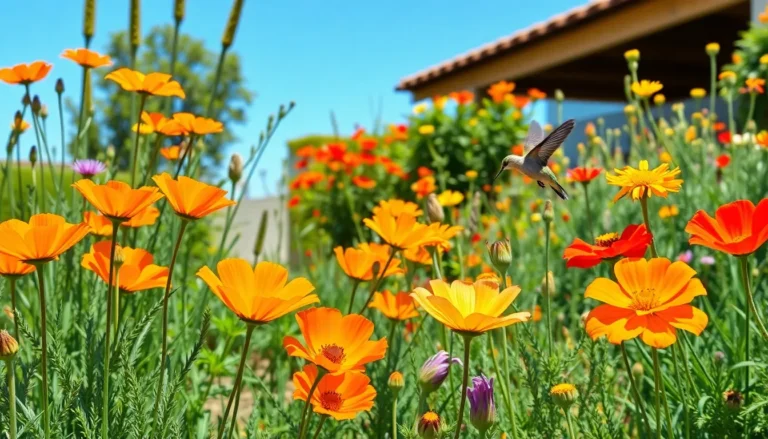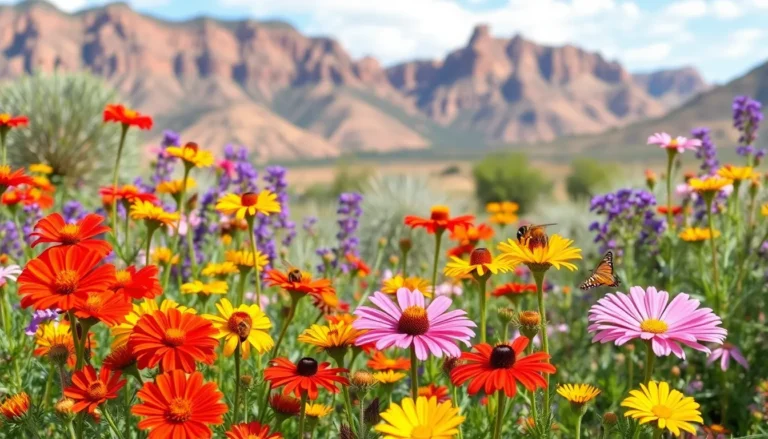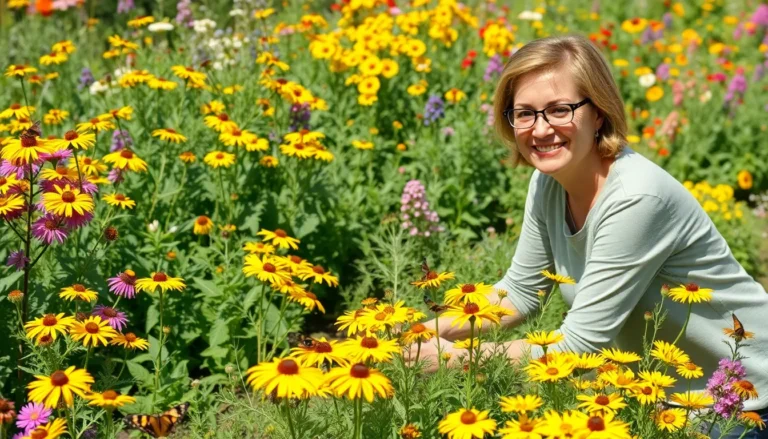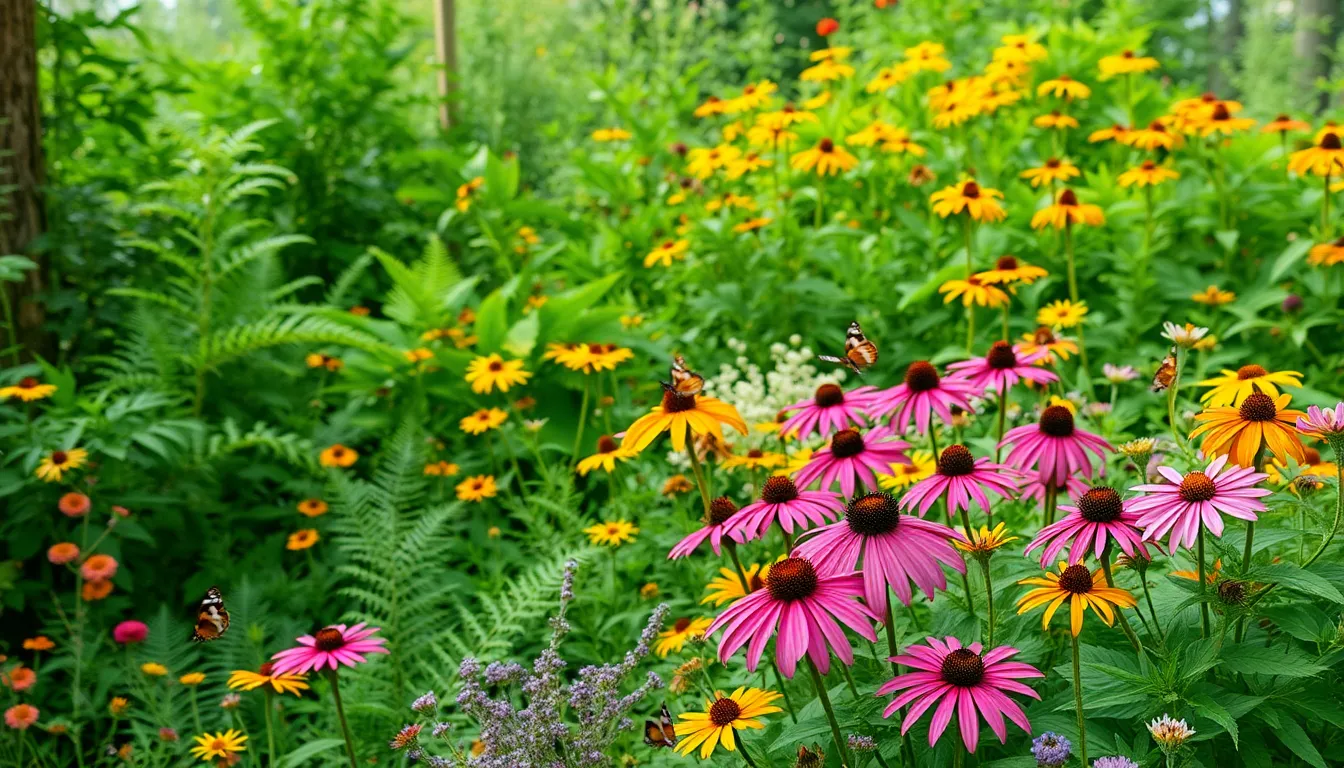
North Carolina Native Plants: Transform Your Garden into an Eco-Friendly Oasis
North Carolina is a botanical treasure trove just waiting to be explored. With its diverse ecosystems ranging from the mountains to the coast, this state boasts an impressive array of native plants that not only beautify the landscape but also support local wildlife. Imagine a garden that requires less water, fewer chemicals, and still looks like a postcard from paradise. Sounds like a dream, right?
By embracing North Carolina’s native flora, gardeners can cultivate stunning spaces while contributing to the environment. These plants have adapted to the local climate, making them the ultimate low-maintenance companions. So why settle for a garden that needs constant attention when you can let nature do the heavy lifting? Dive into the world of North Carolina native plants and discover how to create a vibrant, eco-friendly oasis right in your backyard.
North Carolina Native Plants
North Carolina boasts a diverse array of native plants adapted to various ecosystems. These plants perform well in the state’s specific climate and soil conditions. Additionally, native species provide essential habitats for wildlife, including birds, pollinators, and beneficial insects.
Consider incorporating plants such as Eastern Redbud (Cercis canadensis) and Black-eyed Susan (Rudbeckia hirta) into gardens. Eastern Redbud displays vibrant pink flowers, while Black-eyed Susan offers cheerful yellow blooms. Both species thrive with minimal care and enrich local ecosystems.
Ferns, such as the Southern Maidenhair Fern (Adiantum capillus-veneris) and the Christmas Fern (Polystichum acrostichoides), contribute to the lush understory in woodlands. These ferns tolerate shade and improve soil health by preventing erosion.
Wildflowers like Butterfly Weed (Asclepias tuberosa) attract butterflies and other pollinators. Communities benefit from planting species like these, as they enhance biodiversity and promote ecological balance. Furthermore, their resilience reduces the need for chemical fertilizers and pesticides.
Trees such as Loblolly Pine (Pinus taeda) and Red Maple (Acer rubrum) provide essential shade and habitat. These species, along with numerous shrubs and grasses, maintain regional stability and promote healthy landscapes.
Establishing a garden with native plants improves aesthetics while supporting local wildlife. Embracing native species not only allows for easier maintenance but also aligns with environmental conservation goals. Selecting plants that naturally thrive in North Carolina fosters sustainability and a deeper connection to the local environment.
Importance Of Native Plants
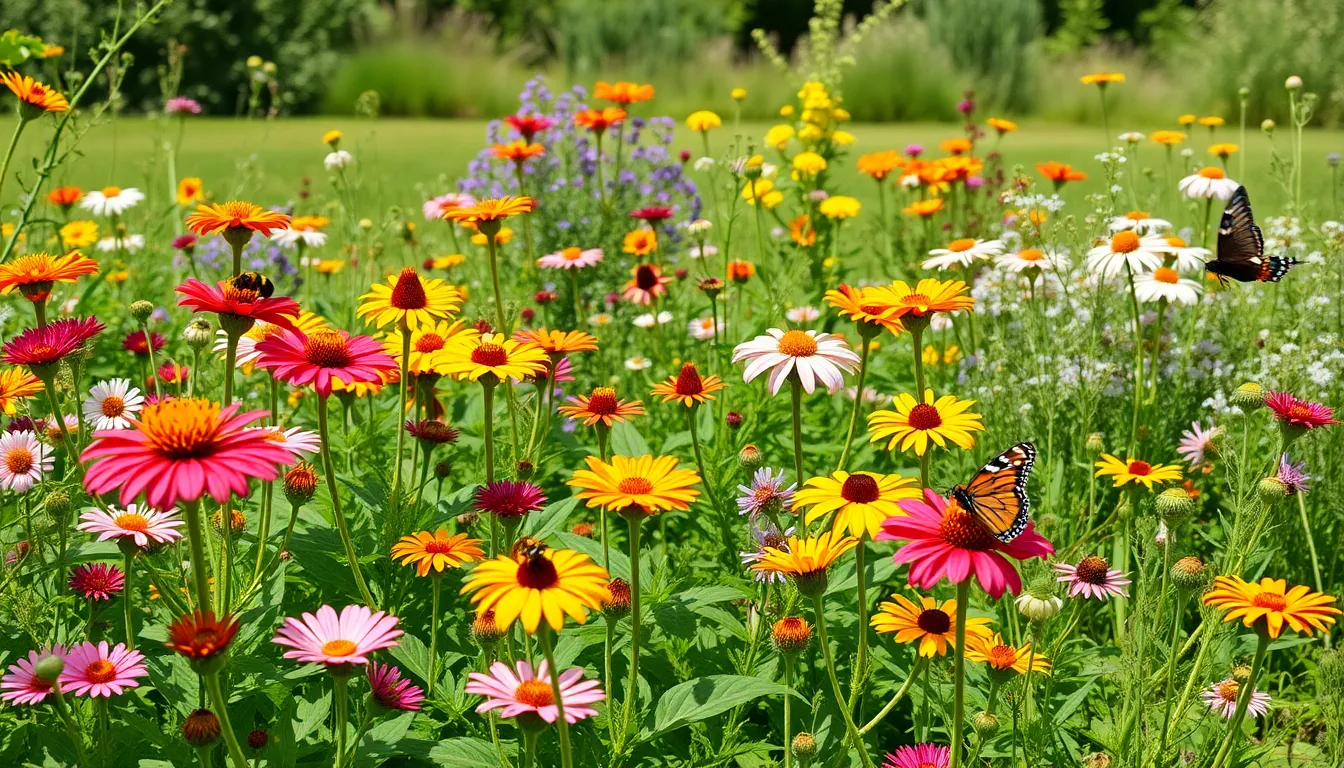
Native plants play a crucial role in maintaining ecological balance. They support wildlife, enhance local ecosystems, and contribute to environmental sustainability.
Environmental Benefits
Native plants enhance biodiversity by providing essential habitat for local wildlife. By attracting pollinators like bees and butterflies, they aid in plant reproduction, fostering a healthier ecosystem. Soil health improves with native flora, as their established root systems prevent erosion while improving water retention. Additionally, these plants require fewer resources, reducing the need for fertilizers and pesticides. Being well-adapted to local climate conditions means they thrive with less maintenance. Establishing gardens filled with native species not only beautifies landscapes but also contributes to environmental stability.
Economic Benefits
Utilizing native plants can lead to significant cost savings for homeowners and municipalities. Lower maintenance requirements result in reduced labor and expenditure on watering and chemical treatments. Local economies benefit from the sale of native plants, supporting local nurseries and garden centers. Landscaping with native flora can enhance property values due to increased aesthetic appeal and environmental stewardship. Furthermore, attracting wildlife can promote eco-tourism, providing additional revenue streams. Making the shift to native plants offers both financial and environmental rewards for the community.
Common North Carolina Native Plants
North Carolina features a variety of native plants well-suited for local conditions. These species enhance gardens while supporting local ecosystems.
Trees
Eastern Redbud stands out with its stunning pink blooms in early spring. Loblolly Pine, essential for its rapid growth, provides shade and habitat for various wildlife. Red Maple, known for its vibrant fall color, helps improve soil health with its extensive root system. Sweetgum, notable for its star-shaped leaves, attracts birds and adds architectural interest to landscapes. Each tree contributes uniquely to biodiversity and enhances garden aesthetics.
Shrubs
Native shrubs also play a critical role in North Carolina gardens. Azalea, famous for its colorful spring blossoms, draws pollinators like bees and butterflies. It can thrive in various soil types. Rosemary, with aromatic foliage, serves both ornamental and culinary purposes, adding beauty and utility. Another valuable option, Buttonbush, thrives in wet areas, providing vital habitats for aquatic wildlife. All these shrubs add texture and richness to garden spaces.
Wildflowers
Wildflowers create vibrant displays while offering essential benefits. Black-eyed Susan, showcasing bright yellow petals, attracts pollinators and thrives in sunny spots. Butterfly Weed, valued for its nectar, supports monarch butterflies during migration. Coreopsis, adding bright colors to gardens, offers low maintenance and drought tolerance. Each wildflower enhances visual appeal and supports diverse pollinator populations.
Tips For Gardening With Native Plants
Gardening with native plants enhances the garden’s beauty while benefiting the local ecosystem. Here are some practical tips for a successful garden.
Selecting The Right Species
Choose plants that thrive in North Carolina’s climate. Consider factors like soil type, sunlight, and moisture levels. Eastern Redbud and Black-eyed Susan excel in well-drained soil, while ferns like Southern Maidenhair Fern thrive in shaded areas. Research local ecosystems to understand which species support local wildlife. Group plants with similar water and sunlight needs together for optimal growth. Selecting species that are native not only improves resilience against pests but attracts beneficial pollinators.
Maintenance Practices
Focus on minimal upkeep to enjoy a thriving garden. Watering should occur during dry spells, as native plants typically require less irrigation. Utilize mulch to control weeds and retain soil moisture effectively. Fertilizing is often unnecessary; native plants are well adapted to local soil conditions. Pruning should be limited to removing dead or damaged branches, promoting healthy growth. Observe the garden regularly to identify invasive species and manage them promptly. Simple maintenance practices lead to a lush garden that supports local biodiversity.
Conclusion
Embracing North Carolina’s native plants is a rewarding choice for any gardener. These plants not only beautify landscapes but also play a crucial role in sustaining local ecosystems. By selecting native species, gardeners contribute to biodiversity while enjoying low-maintenance and resilient gardens.
The ecological and economic benefits of native plants are significant. They support pollinators, improve soil health, and require fewer resources, making them a sustainable choice for the environment.
Ultimately, cultivating a garden filled with native flora fosters a deeper connection to the local landscape and promotes a thriving ecosystem that benefits both nature and the community.

